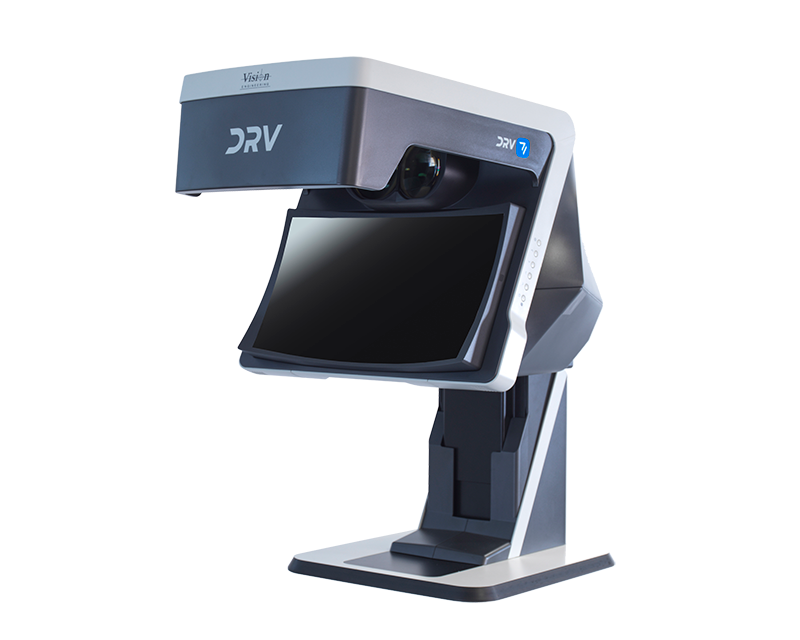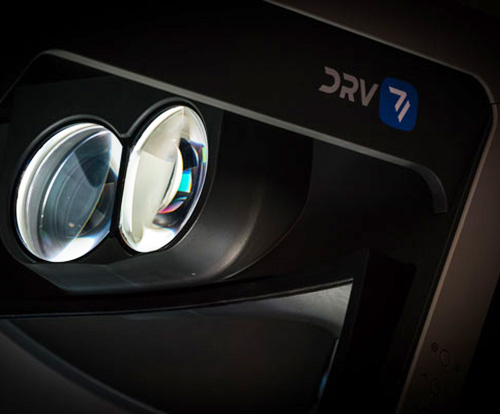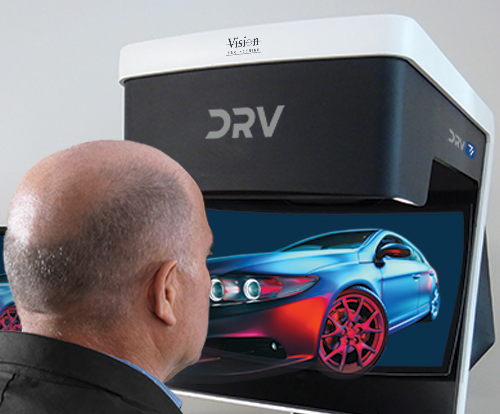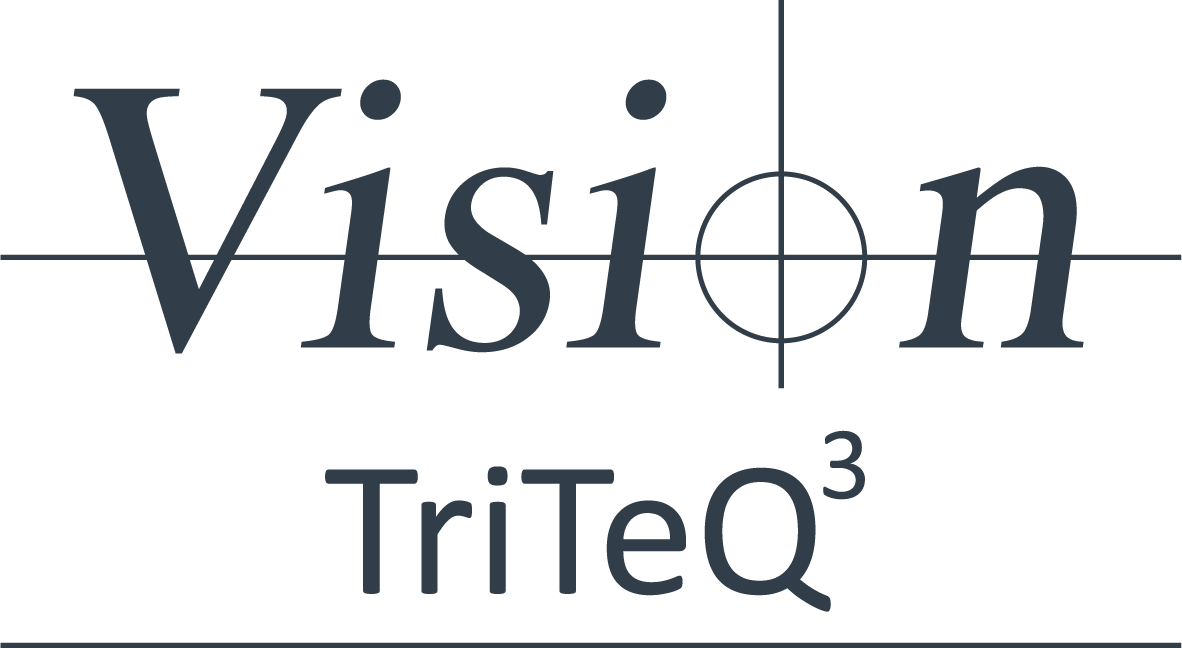TriTeQ³ technology is the result of sustained R&D investment applied across three disciplines: optical, digital and ergonomics.
This groundbreaking technology enables users to view digital content in stereoscopic 3D without the need for special glasses or headsets. Drawing on hundreds of people-years of optical know-how, TriTeQ³ technology closely replicates our natural stereo vision and perception of depth. Its digital component allows users to view, capture and share stereo content locally and globally in real time. Developed with ergonomics at the heart of the design, TriTeQ³ technology ensures user comfort, productivity and quality.
In the era of increasingly sophisticated digital applications, image presentation is critical to improve the interpretation of 3D data allowing better and more accurate decision making.

![]()
Industry expertise
TriTeQ³ technology increases the performance of 3D visualisation across multiple applications including Medical Visualisation, Surgical Imaging, Engineering and Product Development, 3D Content Creation, Remote Visual Inspection, Engagement Marketing.
In current design/visualisation packages, viewing options have serious limitations:
- 2D images on flat-screen monitors, some with a quasi 3D option, resulting in lower resolution and significant processing requirements
- Stereo 3D monitors (lenticular or parallax barriers) with limited axial freedom and optical accommodation
- Require eyewear such as shutter polarising glasses which create flicker and image cross-talk
- VR goggles offering total immersion but with issues of coordination, balance, and excluded subjects


Unlike VR headsets which suffer from their well-documented issues of isolation, disorientation and nausea, TriTeQ³ is able to generate immersive stereoscopic viewing whilst retaining the user’s peripheral vision and sensory stimuli.
Digitally created models, scans, videos and photographs can be viewed in real-time at the same level of three dimensional detail between departments, specialists, customers, manufacturers, designers and suppliers across organisational or even international networks.



